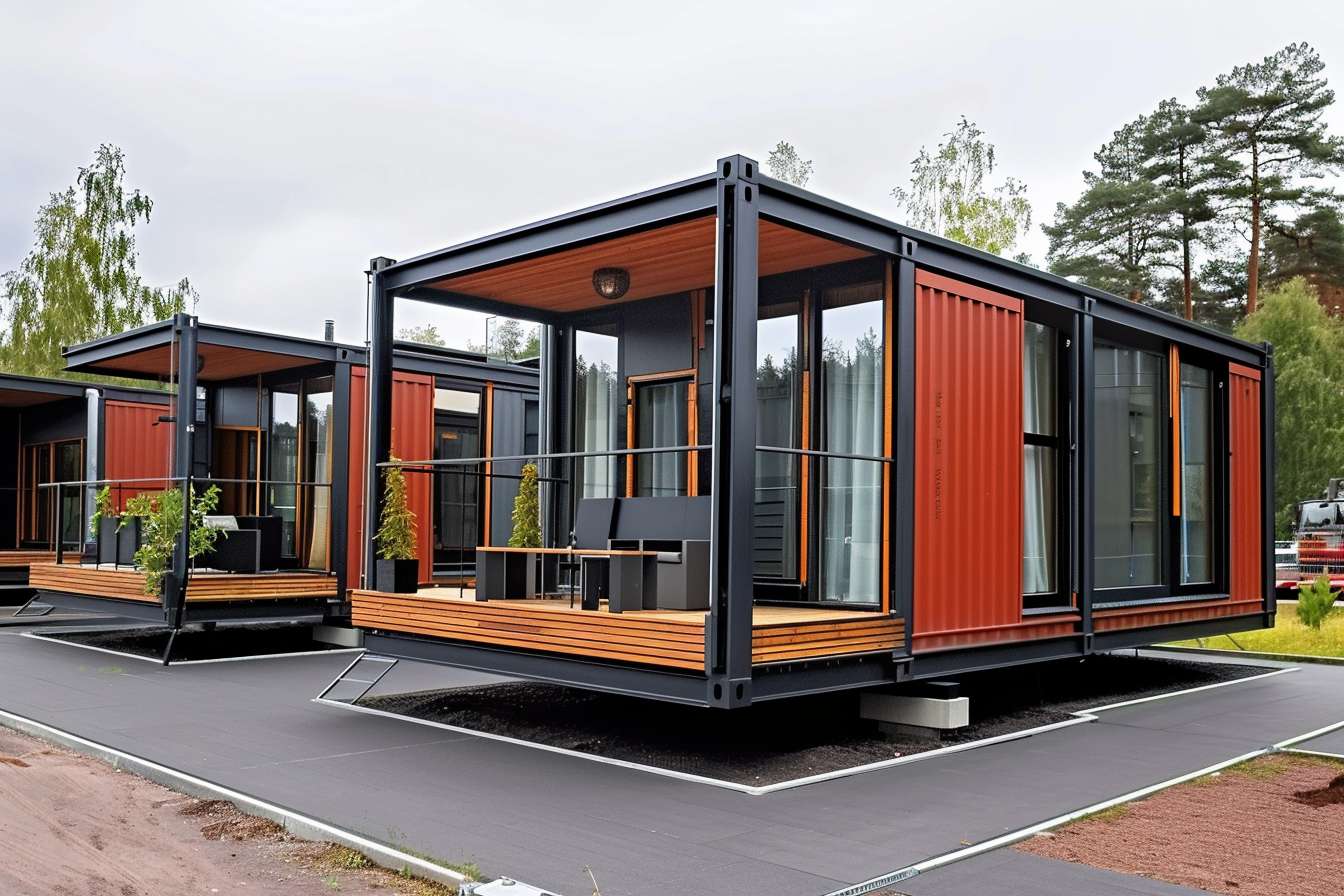The Rise of Shipping Container Homes: Sustainable Living Meets Modern Design
Shipping container homes represent an innovative intersection of sustainable architecture and modern living solutions. These unique dwellings repurpose industrial shipping containers into comfortable, stylish residential spaces, offering an eco-friendly alternative to traditional housing. As the tiny house movement gains momentum and environmental consciousness grows, container homes have emerged as a practical solution for those seeking affordable, sustainable housing options.

Key Benefits of Container Home Building
Container homes offer numerous advantages over traditional construction methods. The steel structure provides exceptional durability and weather resistance, while the modular design enables faster construction timelines. Additionally, repurposing shipping containers reduces waste and environmental impact. These homes can also be more cost-effective than conventional building methods, though final costs vary based on modifications and finishes.
Essential Considerations for Container Houses
Before embarking on a container home project, several factors require careful consideration. Proper insulation is crucial, as steel conducts heat and cold efficiently. Local building codes and zoning regulations must be reviewed, as some areas have specific requirements for container homes. Foundation requirements, utility connections, and interior finishing choices also play vital roles in the planning process.
Design Possibilities and Interior Solutions
Modern container homes showcase remarkable design versatility. From minimalist studios to luxurious multi-level residences, these structures can accommodate various lifestyle needs. Interior designs often emphasize space efficiency, incorporating built-in furniture, multi-functional areas, and creative storage solutions. Large windows and strategic cutouts can transform the industrial container into a light-filled, welcoming space.
Cost Analysis and Construction Estimates
| Component | Estimated Cost Range | Notes |
|---|---|---|
| Basic Container (20ft) | $2,000 - $5,000 | Used condition |
| Insulation & Interior Finishing | $15,000 - $30,000 | Basic amenities |
| Foundation Work | $5,000 - $15,000 | Varies by location |
| Utilities & Systems | $10,000 - $25,000 | Plumbing, electrical, HVAC |
| Design & Permits | $5,000 - $15,000 | Location dependent |
Prices, rates, or cost estimates mentioned in this article are based on the latest available information but may change over time. Independent research is advised before making financial decisions.
Sustainable Features and Environmental Impact
Container homes contribute to environmental sustainability through multiple channels. The reuse of shipping containers reduces industrial waste, while their compact size typically results in lower energy consumption. Many container home owners incorporate additional eco-friendly features such as solar panels, rainwater harvesting systems, and energy-efficient appliances, further reducing their environmental footprint.
Converting shipping containers into homes represents a creative solution to housing challenges while promoting sustainability. As this architectural trend continues to evolve, improved construction techniques and design innovations are making container homes increasingly attractive to environmentally conscious homeowners and those seeking unique living spaces. While challenges exist, the benefits of durability, sustainability, and design flexibility make container homes a compelling option in modern residential architecture.






